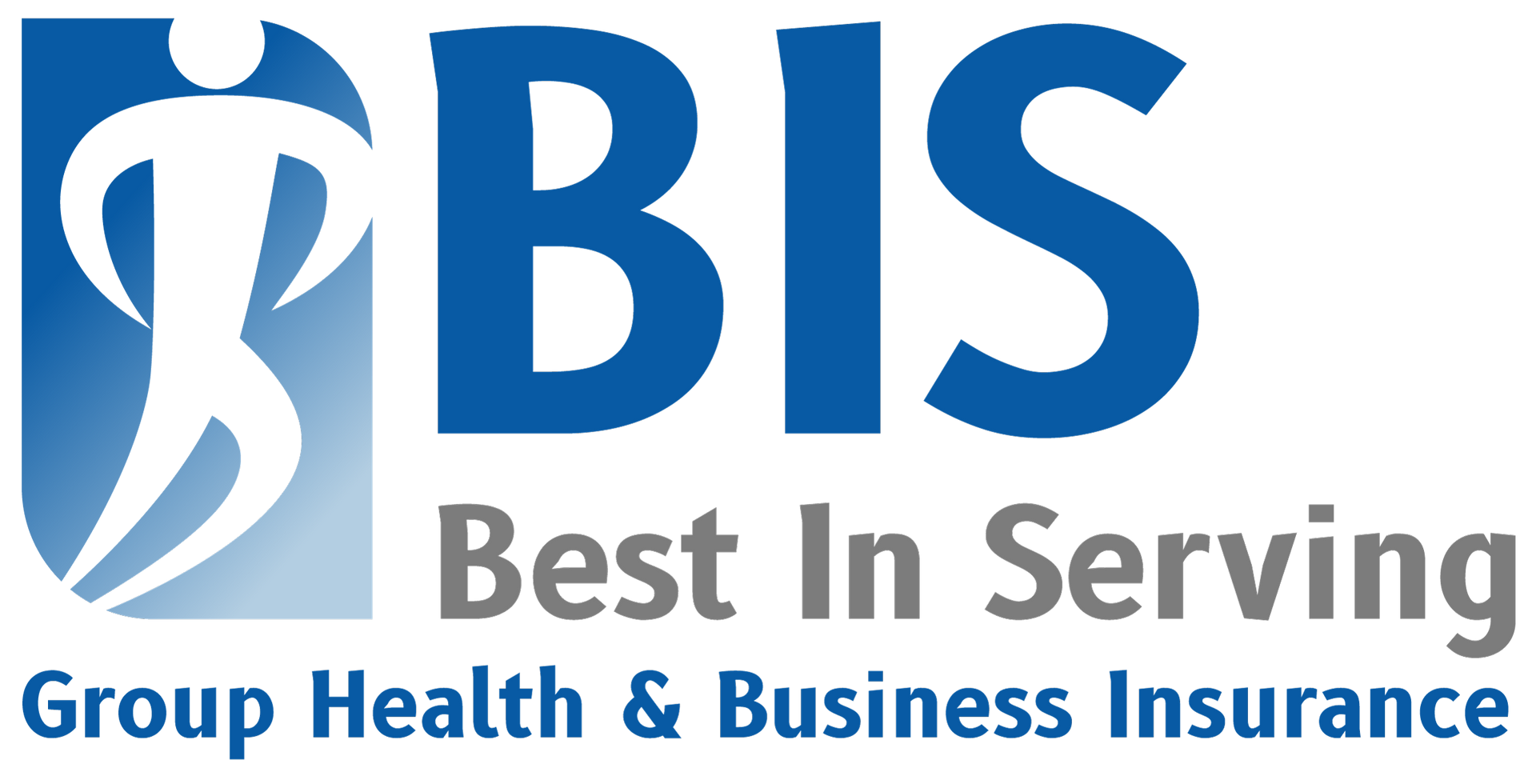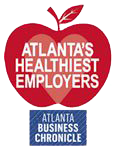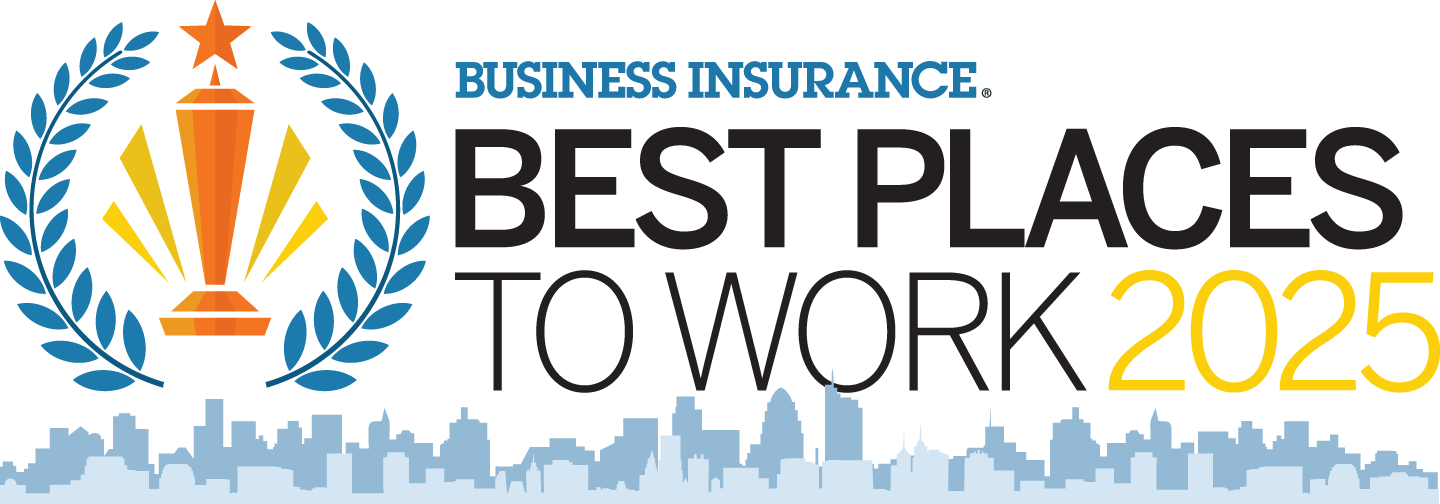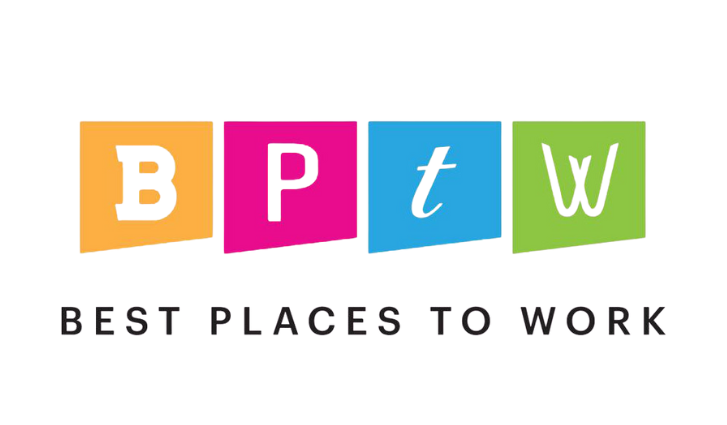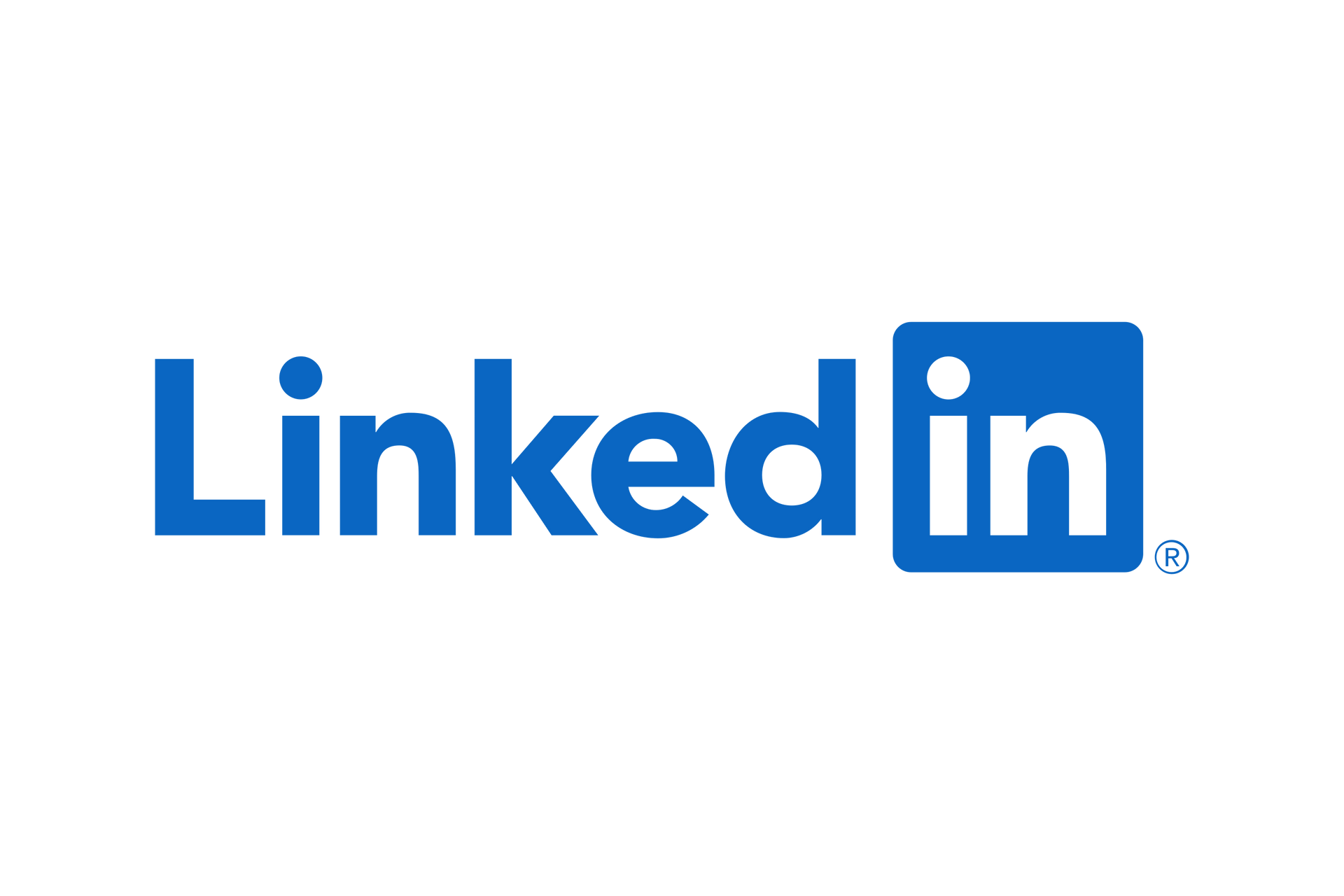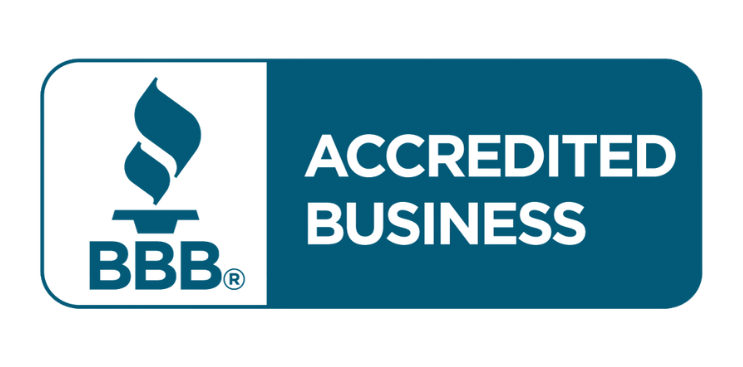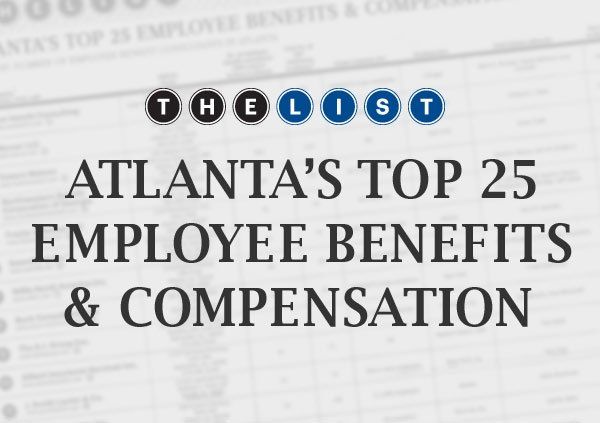ACA Compliance Recap | July 2025

July brought the Final Rules on the One Big Beautiful Bill Act (OBBBA), enacted on July 4, 2025. The 2026 ACA affordability threshold has been released, affecting employer and employee contributions to group health plans.
The One Big Beautiful Bill Act Impact on Employee Benefits
The One Big Beautiful Bill Act of 2025 (OBBBA) introduces permanent changes to a range of employee benefits, creating a more stable and generous framework for employers and employees.
HDHPs and HSAs
- Telehealth Services: High-deductible health plans (HDHPs) can now permanently cover telehealth before deductibles are met (effective for 2025 plan years).
- Direct Primary Care: Beginning in 2026, fixed-fee primary care arrangements (≤$150/month for individuals) are compatible with health savings accounts (HSAs) and eligible as medical expenses. Primary care services do not include procedures that require general anesthesia, prescription drugs (other than vaccines), or lab services not typically administered in an ambulatory primary care setting.
- Expanded HDHP Eligibility: Bronze and catastrophic ACA Exchange plans will qualify as HDHPs (effective in 2026).
DCAP Limit Raised
The annual exclusion for dependent care assistance plans (DCAPs) rises to $7,500 (not inflation-adjusted).
PFML Tax Credit
- The Paid Family and Medical Leave (PFML) tax credit is now permanent and expanded to include wage-based and premium-based policies.
- Employers may elect a broader definition of qualifying employees.
Employer Considerations
Employers should begin assessing whether to:
- Redesign HDHPs to incorporate new telehealth and primary care guidelines.
- Adjust DCAP offerings.
ACA Affordability Threshold Increased
The IRS has announced that the affordability threshold for employer-sponsored health insurance coverage under the Affordable Care Act (ACA) with plan years beginning in 2026 will rise to 9.96% of an employee’s household income, up from 9.02% in 2025. This change carries important implications for both employee eligibility for exchange subsidies and employer responsibility under the ACA’s shared responsibility provisions.
This increase reflects updated indexing calculations based on premium growth rates compared to income growth, using data from the National Health Expenditure Accounts.
Understanding ACA Affordability Standards
Under the ACA, an employer’s offer of minimum essential coverage (MEC) is considered affordable if the employee’s required contribution for the lowest-cost, self-only plan providing minimum value does not exceed the applicable percentage of household income. Because employers typically do not know employees’ full household incomes, the IRS permits use of one of three safe harbor alternatives. Each of these options allows employers to gauge affordability based on more accessible data, ensuring compliance while minimizing administrative burdens.
1. Federal Poverty Line (FPL) Safe Harbor
The FPL safe harbor is often the simplest to administer. In 2026, if an employer offers a medical plan that meets minimum value and costs no more than $129.89 per month for employee-only health coverage, the plan will be deemed affordable under this safe harbor.
This amount is based on the 2025 FPL for a single individual in the continental U.S.:
$15,650 x 9.96% ÷ 12 = $129.89/month
Higher FPLs apply for Alaska ($162.27/month) and Hawaii ($149.32/month).
For non-calendar-year plans, employers may use the FPL in effect within six months prior to the start of the plan year, providing flexibility to select the most advantageous threshold.
2. Rate of Pay Safe Harbor
Employers who do not meet the FPL affordability test may use the rate of pay safe harbor, which calculates affordability based on employee wages.
Hourly Employees: Hourly wage x 130 hours = Monthly wage x 9.96% = maximum contribution
Example: $20/hour x 130 = $2,600 monthly wage x 9.96% = $258.96/month maximum premium
Salaried Employees: Annual salary ÷ 12 = Monthly salary x 9.96% = maximum contribution
Example: $36,000/year ÷ 12 = $3,000 monthly salary x 9.96% = $298.80/month maximum premium
This approach is more customizable based on workforce compensation but requires accurate payroll data and consistency.
3. Form W-2 Safe Harbor
This method uses Box 1 wages from the employee’s W-2. It is generally less predictable and only confirmed retrospectively after year-end, making it a less preferred method unless an employer’s contributions are tied directly to W-2 earnings.
Coverage is affordable if employee premiums for the lowest-cost, self-only plan do not exceed 9.96% of W-2 wages.
ACA Penalties and Liability
Two penalties may apply under the ACA’s employer mandate:
- The Section 4980H(a) “A Penalty” applies if an employer fails to offer MEC to at least 95% of full-time employees. In 2026, the penalty will be $3,340 per full-time employee (excluding the first 30 employees).
- The Section 4980H(b) “B Penalty” applies when coverage is unaffordable, not offered, or lacks minimum value. In 2026, the penalty is $5,010 per affected employee receiving a subsidy on the exchange.
These penalties are indexed annually.
Employer Considerations
The ACA’s updated affordability threshold for 2026 represents both a compliance challenge and an opportunity for strategic benefits design. By planning ahead and selecting the right affordability safe harbor, employers can maintain compliance, avoid penalties, and meet coverage requirements to offer meaningful options to their workforce.
Employers should evaluate their 2026 health benefits strategy now. Key actions include:
- Budgeting for Affordability: Consider designing at least one medical plan option that meets the FPL affordability safe harbor ($129.89/month) for streamlined compliance.
- Safe Harbor Selection: Evaluate whether the FPL, rate of pay, or W-2 safe harbor is most practical and effective for various employee groups.
Employers satisfying affordability through the FPL safe harbor may use the Qualifying Offer Method on IRS Forms 1094-C and 1095-C:- Form 1094-C: Check Box A on Line 22.
- Form 1095-C: Use Code 1A in Line 14; Code 2G (optional) in Line 16 for waivers.
- Employers using the rate of pay and W-2 safe harbors, use Code 2H and Code 2F, respectively, in Line 16.
- If an opt-out credit is unconditional, its value must be added to the employee premium when testing affordability. To avoid this:
- Make the credit conditional on enrollment in other group coverage.
- Require employee attestation that they and their tax family have MEC.
Question of the Week
Q. An employee and their spouse are enrolled in an HSA and the spouse has a child with an ex-wife. The employee and spouse do not claim the child as a tax dependent. Can the employee use HSA funds to pay for out-of-pocket medical/dental expenses for the child?
A. The HSA cannot be used to pay for expenses of a child who is not a tax dependent of the HSA owner.
Answers to the Question of the Week are provided by Kutak Rock.
